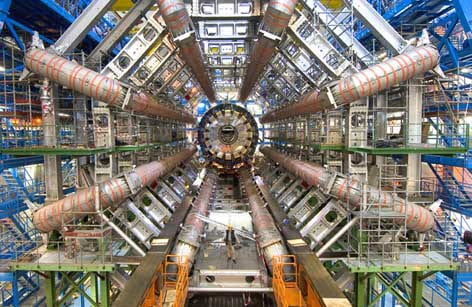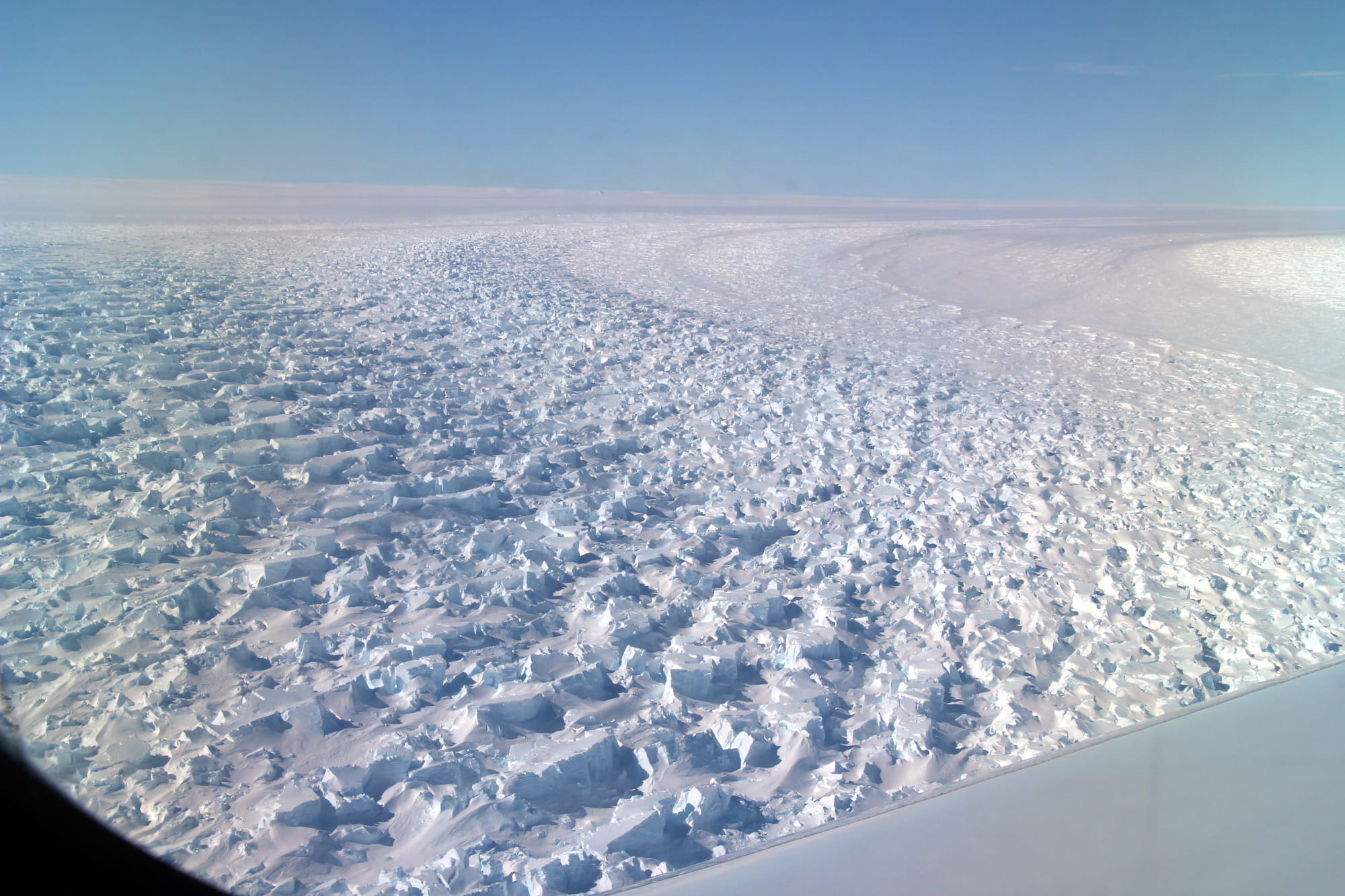A new physics frontier
After more than one year of repairs, the Large Hadron Collider in Switzerland is back on track to create high-energy particle collisions and yield extraordinary insights into the nature of the physical universe. Eight UC Irvine scientists are involved.

Particle beams are once again zooming around the world’s most powerful particle accelerator – the Large Hadron Collider – located at the CERN laboratory near Geneva, Switzerland.
After more than a year of repairs, the LHC is back on track to create high-energy particle collisions that may yield extraordinary insights into the nature of the universe.
The LHC seeks to replicate conditions just a fraction of a second after the Big Bang by smashing subatomic particles together at tremendous speeds in a 17-mile underground ring. Scientists hope these high-energy collisions will help explain basic forces that have shaped the universe.
Eight UC Irvine faculty members and many postdoctoral researchers and staff members are involved. Developing electronics, computer systems and software integral to collecting and recording data, they’re among about 10,000 people from 60 countries participating in the project.
“The LHC is a machine unprecedented in size, in complexity, and in the scope of the international collaboration that has built it over the last 15 years,” says Dennis Kovar, U.S. Department of Energy associate director of science for high-energy physics. “I congratulate the scientists and engineers who have worked to get the LHC back up and running, and I look forward to the discoveries to come.”
To learn more about UCI’s role in the LHC, visit our special report: www.uci.edu/lhc.
